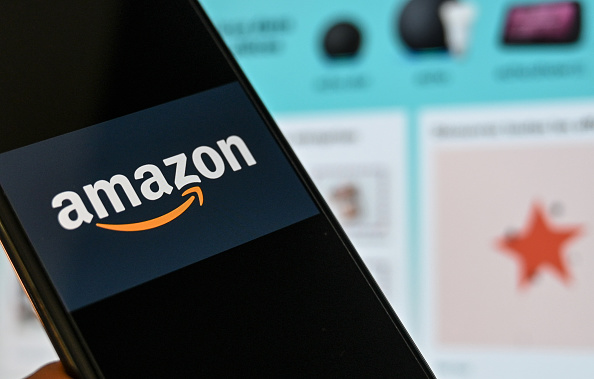You have a product. And that product has the sales potential to appeal to everyone. Wouldn’t that be great?
Well, it depends, says Shweta Jhajharia of The London Coaching Group, on how large your marketing budget and team are.
Many business owners with a product they don’t consider to be niche resist the idea of narrowing the focus of their marketing, fearing that they will lose business. However, choosing a niche and targeting it can actually increase sales.
The trouble with marketing that (in theory) appeals to just about anyone is that just about everyone ignores it. Targeting a niche results in your marketing becoming very coherent. Every action is aimed in a single direction, allowing you to convey the feeling that you understand your niche. And feeling is important. It has been proven with fMRI neuro-imagery that when evaluating brands, the parts of the brain used are the ones that deal with personal feelings and experiences – emotions – and not the areas that process the actual information. Emotional connection is an essential part of effective marketing.
Hasbro, the American toy and board game giant has many household names in its stable, including Monopoly, Guess Who? and GI Joe (in the UK we know him as Action Man). GI Joe was developed as an action figure for boys (in the 1960s boys didn’t play with dolls), so boys aged 5-12 would be a sensible target for Hasbro’s GI Joe marketing. However, in the early 1980s Hasbro did something interesting. They narrowed that niche to boys aged 5-12 who liked comic books. Hasbro teamed up with Marvel to create a GI Joe comic book, and Hasbro’s marketing shifted, including making TV commercials solely to advertise the comic. Two months after the first issue of GI Joe: A Real American Hero, a fifth of American boys aged 5-12 had a GI Joe; seven years later it was two-thirds. The creation of the comic book allowed Hasbro to give their toy a rich back story that allowed their product to create a connection with their target audience. They weren’t just shifting units, they were worldbuilding.
Fortunately, says Jhajharia, you don’t need to create a comic book to make your product successful, but you do want to find a way to connect with your target customers. Psychological studies have shown that people make an emotional decision and use logical reasoning to justify the emotional decision. Therefore, your marketing should be targeting your customers emotions. That’s impossible to do for just about everybody, but by targeting a niche, it can be very simple to work out which emotions to appeal to.
Imagine your business is creating websites. You can, of course, create a website for anyone, but you’ve decided to choose a niche. How do you decide on your niche? Follow the advice writers often pass on, begin with what you know. So, if you’re a website builder whose hobby is antiques, consider focusing on developing sites for antique dealers. You already have an interest in their business and can use your knowledge to present yourself as someone who will understand their needs more than other website developers. You will be providing something of greater value to that niche set of customers, and you don’t need to change your business or learn new skills to do it, you merely repackage what you do. And when you’re the undisputed go-to company for antique dealer websites, you can repeat the process with another niche.
You could decide to target more than one niche from the start, but you need to be sure you have the resources to handle segmented marketing. The advantage of this strategy is you will be appealing to more people more directly, and by having multiple streams of marketing and multiple campaigns in play with different messages, different styles and different strategies you should see much greater growth than if you opted for blanketing everyone with generic marketing. But you need to be sure you can handle spinning all those plates.
Jhajharia recommends a safer route; master one niche first, then systemise and create processes that can be adapted for other niches to ramp up and diversify your marketing.
If you’re still not convinced that appealing to everyone can be a disadvantage, take a look around your local high street, and count the number of Woolworths stores you see. With cards, kids’ clothes, music, toys, pick-n-mix, Woolies had something for everyone, but they couldn’t compete with niche-targeting competitors.





